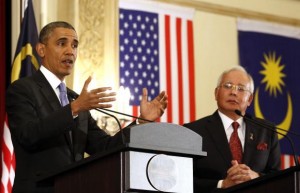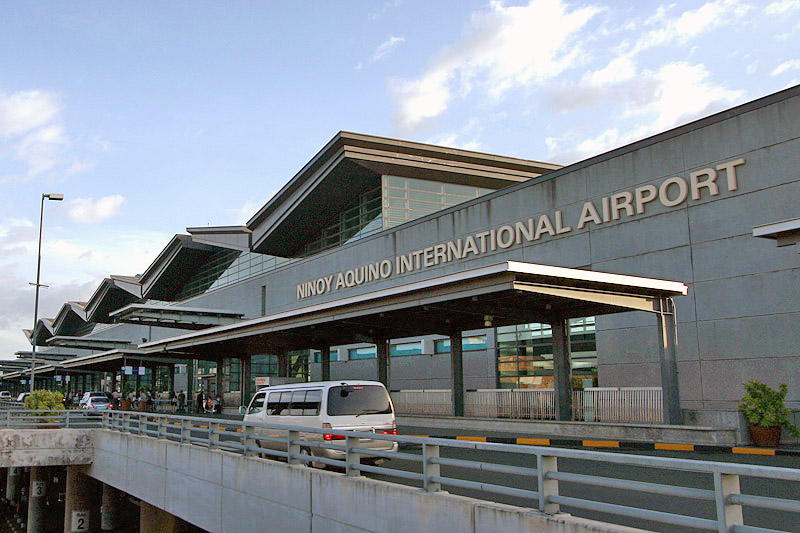
CREDIT: REUTERS/LARRY DOWNING
MANILA, Philippines — United States President Barack Obama is set to arrive in the country today, as he departs from Malaysia where he has said that the U.S. is committed to helping maintain the peace and stability in Asia.
“I believe that together we can make the Asia Pacific more secure, and America has the strongest melter in the world but we don’t see conflict, we see to keep the peace. We want a future where disputes are resolved peacefully and where bigger nations don’t bully smaller nations, all nations are equal in the eyes of international law. We want to deepen our cooperation with other nations like counter terrorism and piracy, but also humanitarian aide and disaster relief, which will help us to respond quickly to contest these like the tsunami in Japan or the typhoon in the Philippines,” Obama told groups of Southeast Asian youngsters during a town hall style meeting in the University of Malay during his three-day visit to Kuala Lumpur.
Obama leaves Kuala Lumpur for Manila in what observers said would be the most complex leg of his four-nation Asian tour characterized by a balancing act of reassuring allies wary of a rising China while avoiding antagonizing Beijing.
During an Asian tour that has taken him to Japan, South Korea and Malaysia, Obama has repeatedly warned that small nations should not be bullied by larger ones, a clear reference to China’s increasingly sharp geopolitical elbows.
“Disputes need to be resolved peacefully, without intimidation or coercion, and… all nations must abide by international rules and international norms,” Obama said in Malaysia Sunday.
That is also a message that has resonance in America’s East-West showdown with Russia over Ukraine—a row to which Obama has had to return time and again during his Asian journey.
The U.S. and the Philippines will sign a new 10-year security pact on Monday that will allow for a larger U.S. military presence. The new defense agreement will allow rotations of US troops and ships through the Philippines, part of a US rebalancing of military power towards rising Asia.
Protesters have been voicing out strong opposition to the U.S. defense pact, saying that the move to increase foreign access to military facilities will further threaten Philippine sovereignty and do little to counter a rising China.
Obama’s four-nation visit, which also includes stops in Japan, South Korea and Malaysia, aims to convince allies that the U.S. pivot of military and diplomatic assets to Asia is real.
Manila’s acceptance of a beefed-up U.S. military presence, a politically sensitive issue in the independent-minded archipelago nation, would reveal the scale of Philippine anxiety over China, amid disputes in the South China Sea.
While sticking to a U.S. refusal to take sides in the maritime disputes, Obama will seek to reassure South Korea, Japan and the Philippines that Washington is “fully committed to our defence treaties” with them, a U.S. official said.
The administration has promised that the United States will reposition naval forces so that 60 percent of its warships are based in Asia-Pacific by the end of the decade, up from about 50 percent now. But as the U.S. military budget contracts, that likely would represent part of a shrinking U.S. defense pie.
(with reports from Agence France Press and Reuters)







